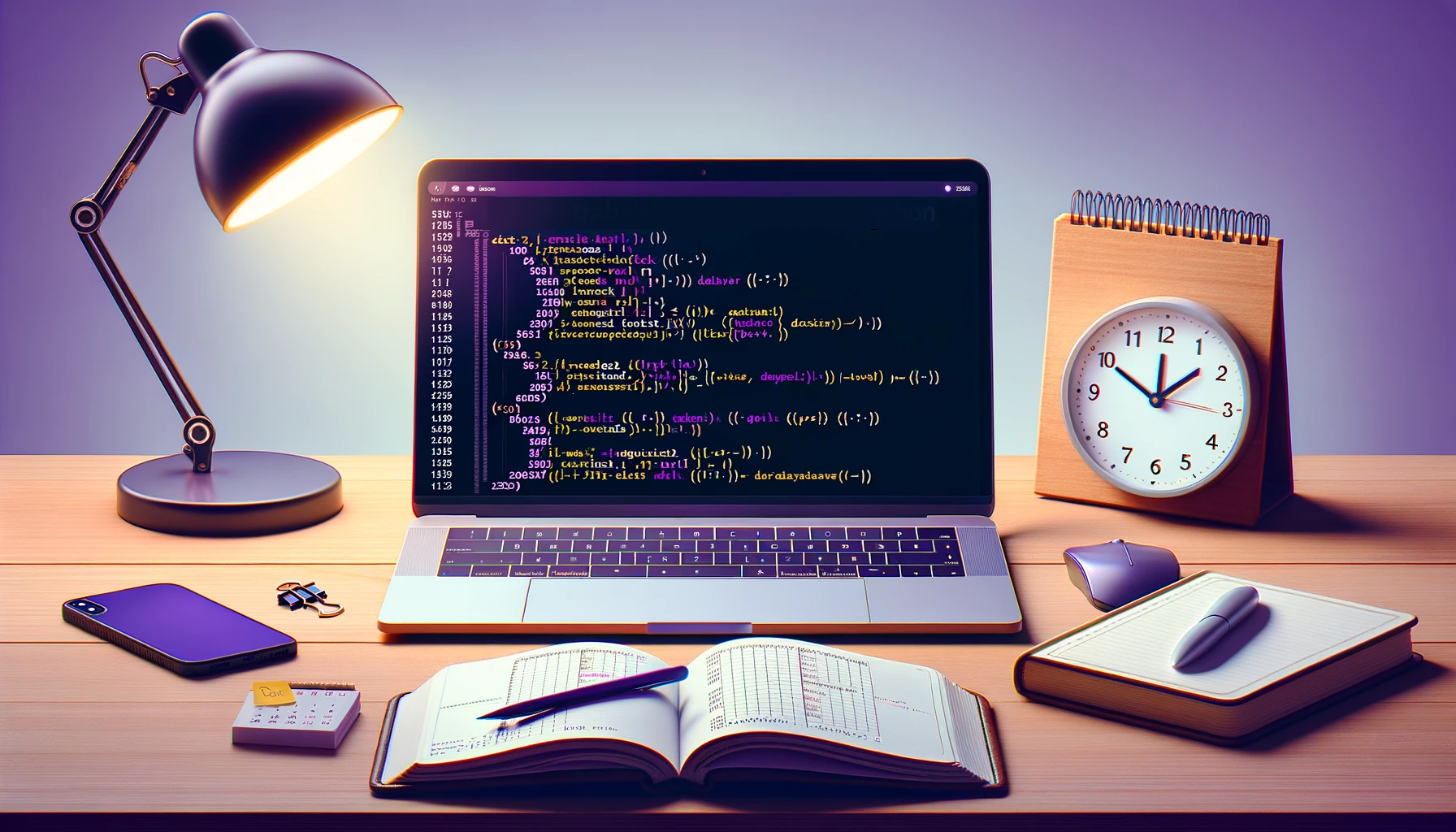Working with Dates in Python

Introduction
Many of us, as we delve into the world of programming and data science, find comfort in handling numbers and strings. However, when it comes to dates, things can get a bit confusing. In Python, one of the most powerful libraries for dealing with dates is datetime. In this article, we will explore this tool together, showing you how you can efficiently manipulate dates without complications.
Working with the datetime Package
Python’s datetime package is an incredible tool that helps us work with dates and times. Whether you’re a data science enthusiast, a backend developer, or just curious about working with dates, you will find that datetime has a lot to offer.
To start, it’s important to understand how to create and manipulate date objects. Here’s a basic example:
from datetime import datetime
# Creating a date object for the current moment
now = datetime.now()
print(now)
Output:
2023-10-26 12:34:56.789012
Date Formatting
One of the most common tasks when working with dates is formatting. Whether it’s displaying the date in a more readable format for the user or converting a string into a date object, datetime has tools to help.
For example, to transform a date object into a formatted string, you can do the following:
formatted_date = now.strftime("%d/%m/%Y %H:%M:%S")
print(formatted_date)
Output:
26/10/2023 12:34:56
And to go the other way, from a string to date:
date_str = "01/01/2023 14:30:00"
date_obj = datetime.strptime(date_str, "%d/%m/%Y %H:%M:%S")
print(date_obj)
Output
2023-01-01 14:30:00
Extracting Date Information
Sometimes, you may want to extract specific information from a date, such as the day, month, or year. This is quite simple with datetime. Here’s an example:
day = now.day
month = now.month
year = now.year
print("Day:", day)
print("Month:", month)
print("Year:", year)
Output:
Day: 26
Month: 10
Year: 2023
Tips and Tricks
Working with dates can be challenging, but knowing some tricks can make things much easier. Here are some tips to help you navigate the world of dates in Python:
Dealing with Timezones
When working with dates, it’s crucial to be aware of timezones. Python has a module called pytz that can help you handle timezones more efficiently. Here’s an example of how you can use it:
from datetime import datetime
import pytz
utc_now = datetime.now(pytz.utc)
print("UTC Time:", utc_now)
local_now = utc_now.astimezone(pytz.timezone('America/Sao_Paulo'))
print("Local Time:", local_now)
Output:
UTC Time: 2023-10-26 12:34:56.789012+00:00
Local Time: 2023-10-26 09:34:56.789012-03:00
Handling Date Differences
Sometimes, you may want to calculate the difference between two dates. datetime makes this simple:
from datetime import datetime, timedelta
date1 = datetime.now()
date2 = date1 + timedelta(days=5)
difference = date2 - date1
print("Difference in days:", difference.days)
Output:
Difference in days: 5
Working with Specific Dates
If you need to create a date object for a specific date, you can do so easily:
from datetime import datetime
christmas = datetime(2023, 12, 25)
print("Christmas:", christmas)
Output:
Christmas: 2023-12-25 00:00:00
Formatting Dates for Different International Formats
Dates are formatted differently around the world. Knowing how to format dates for different cultures can be crucial, especially if you’re developing applications for a global audience.
from babel.dates import format_date
import locale
# Setting the locale to Brazilian Portuguese
locale.setlocale(locale.LC_TIME, 'pt_BR.UTF-8')
date = datetime.now()
print("Formatted Date:", format_date(date, locale='pt_BR'))
Output:
Formatted Date: 26 de outubro de 2023
Remember, practice makes perfect. The more you work with dates, the more comfortable you’ll become. And whenever you get stuck, the Python community is incredibly supportive and full of resources to help you find your way.
Conclusion
In this article, we explored the world of dates in Python with the datetime package. We saw how to create and manipulate date objects, how to format them, and how to extract specific information. With practice and experimentation, you’ll find that working with dates can be as intuitive as working with any other type of data in Python.